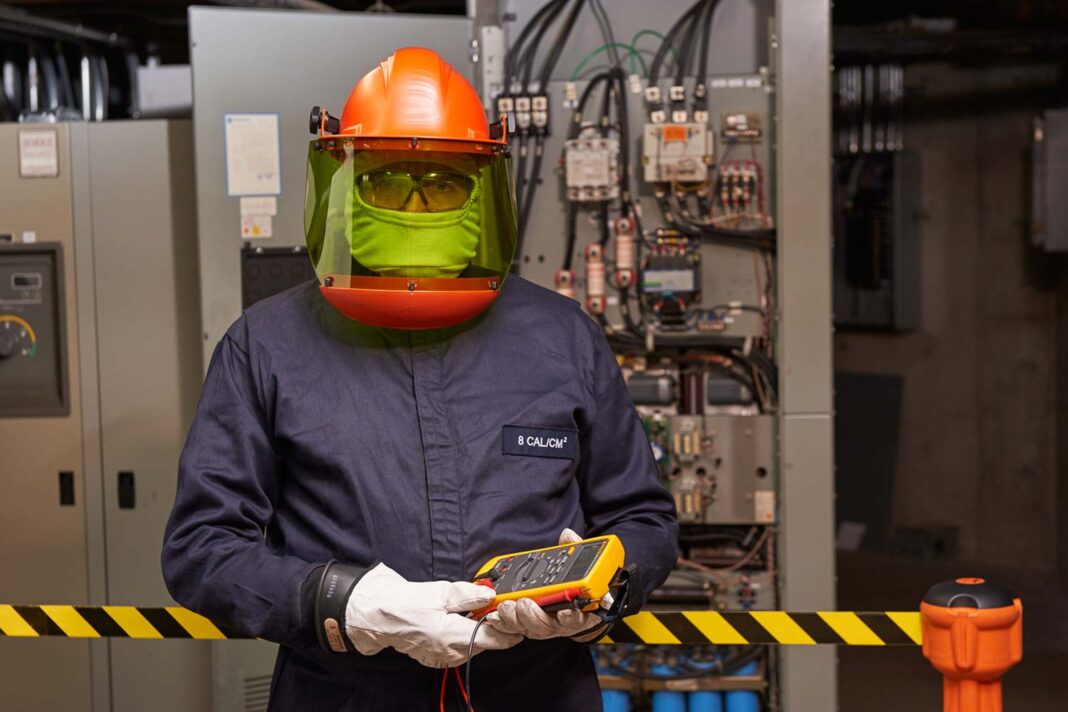When people first hear about safety culture, they may think it centers on physical safety and keeping the work environment low-risk for injuries, but safety culture is about much more than that. While keeping employees safe from accidental physical harm is part of safety culture, there is far more to proper safety culture. Safety culture might not be the most common discussion within a company, but it is a critical part of a successful company. Every business should take the time to develop and correctly implement a strong safety culture as having these plans and policies in place helps everyone. Here is what you need to know to start building a strong safety culture that will benefit your business and employees.
Full And Proper Communication Channels

The foundation of true safety culture is honest communication. Leadership will never know about issues to solve if issues are never communicated. Employees need to feel safe talking about problems, regardless of rank or position. Trust and communication are the basis for healthy and safe work culture. Ensure all company policies are easily accessible, preferably online and in multiple languages as needed, and all employees know where they are. Host meetings once a week or once a month where anyone can talk about anything in the company. These meetings are not a time for employees to be mean, but rather a time for everyone to communicate to make the company better. At the beginning of these meetings, have leadership set the expectations, so everyone is on the same page. Hostile or accusatory tones will quickly shut down any hopes for a productive meeting, so keep everyone in a collaborative mood during these sessions. Employees must communicate, but leadership sets the rules and tone for the cultural conversation. Managers can also set up an open invitation time where anyone can talk to one another if they are not comfortable in a group setting. The more channels for communication, the better.
Proper Training
Communication and conversations are a good step towards establishing a safety culture or even a healthy work environment, but those measures are often not enough to cover all the bases. We would like to assume everyone knows how to act in a professional setting, but not everyone knows where the lines are. Even if culture and safety training feels superfluous, it is better to make sure everyone receives the same training rather than rely on assumptions. There is no harm in ensuring employees understand distancing, safety risk, personal interaction, and other workplace policies that come into play every day.
Lead By Example

Even as kids, no one wants to hear “do as I say, not as I do.” Setting rules for employees but letting leadership break those rules will quickly erode any trust in the company. If you want safety culture rules to be followed, everyone must follow them, or no one will. It is on leadership to lead by example. This also means that if a leadership member does disregard the safety culture understandings, they must face the same consequences as any other employee. These consequences should not be determined on the spot either, as the clearly established culture rules should also have consequences laid out. Skipping a safety step with heavy machines to save time could result in an accidental death, ignoring social distancing rules can infect an entire office before you know it, and misbehavior from a manager can ruin employee morale in a heartbeat, so there should be appropriate consequences to ignoring rules designed to keep everyone safe and happy at work.
Reporting and Transparency
Even in small companies, it can be easy to start to feel ignored or forgotten. Things will often happen in other teams or departments that have nothing to do with a different team. However, that doesn’t stop word of events from spreading. The word of one person wearing two different shoes by mistake doesn’t matter that much, but if word of misconduct spreads, it can balloon into a more significant cultural issue if not addressed. When something happens in the company that affects the safety culture, it is good to address it in front of the whole company rather than give each employee pieces of the story. It is better to be honest and transparent about what happened rather than hide any wrongdoing and let the story spread on its own. Everyone should be safe at work, but it takes a good safety culture to ensure the rules are followed. Communication and training set the foundation for safety culture, but it is up to leadership to lead by example and follow the same rulers as everyone else. Add reporting and transparency to explain events and ensure everyone the rules are being evenly enforced rather than letting the office grapevine control the narrative.






